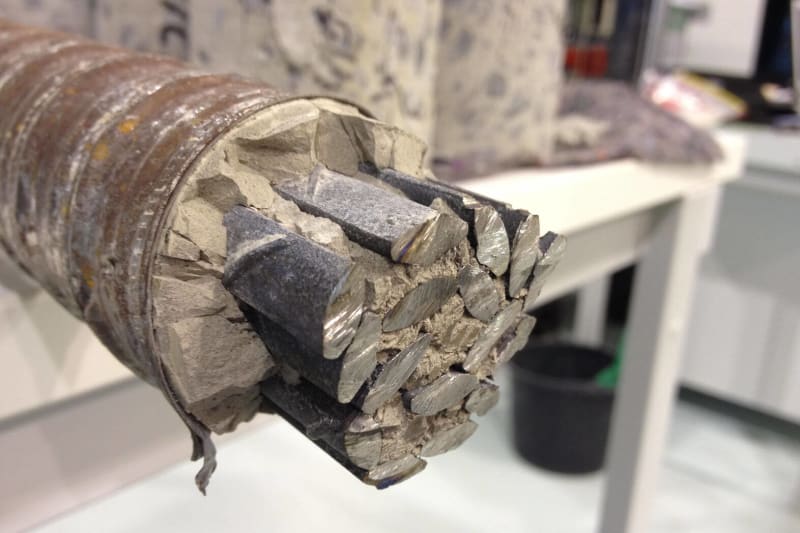Retrograde
Structural
- Aug 26, 2015
- 608
The partial collapse of the Carola Bridge disrupted major traffic artery in Dresden and left the city without hot water.
A bridge carrying a tram line partially collapsed in the German city of Dresden. The Carola Bridge is one of the four bridges crossing the Elbe River.
The emergency closure of the 100-metre-long bridge resulted in severe disruption of the city's traffic, including the tram system and boat traffic. The bridge is a major travel route between Dresden's Old Town and New Town, and is used by motorists, pedestrians and cyclists.

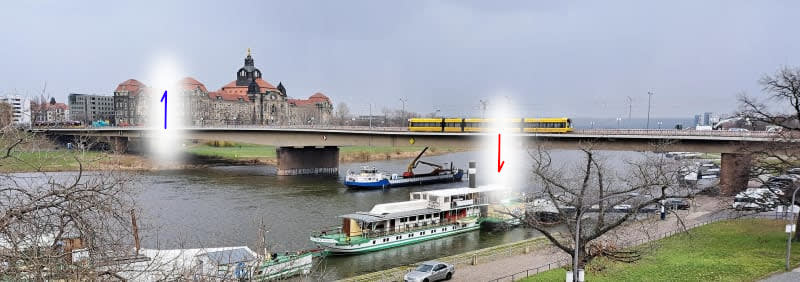
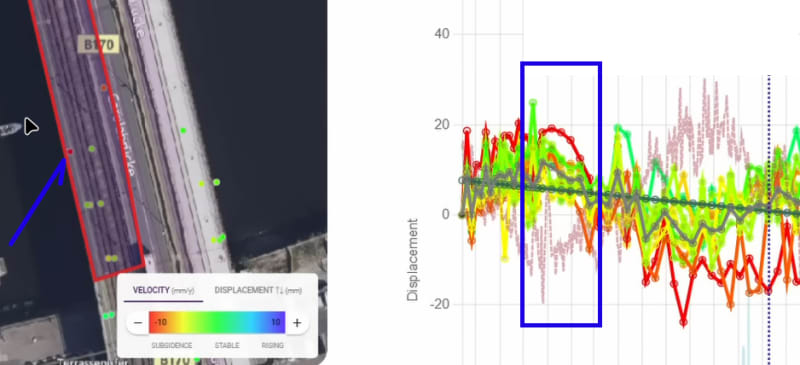
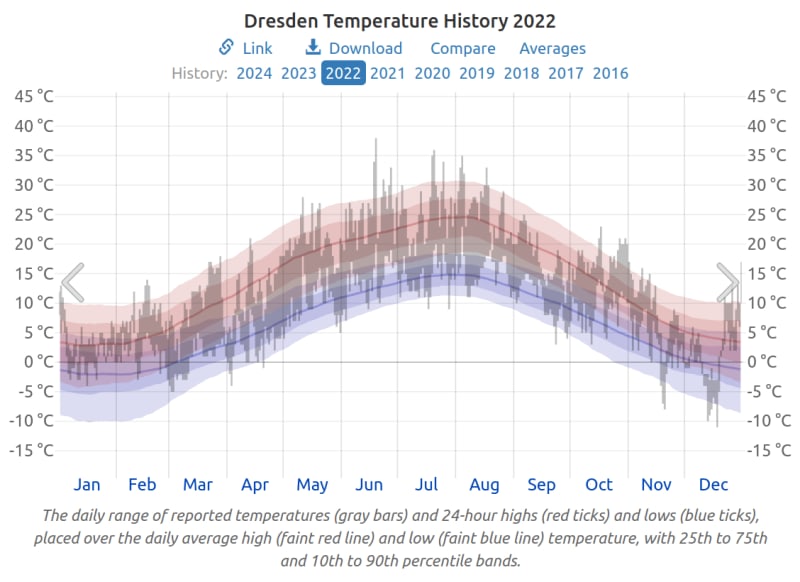
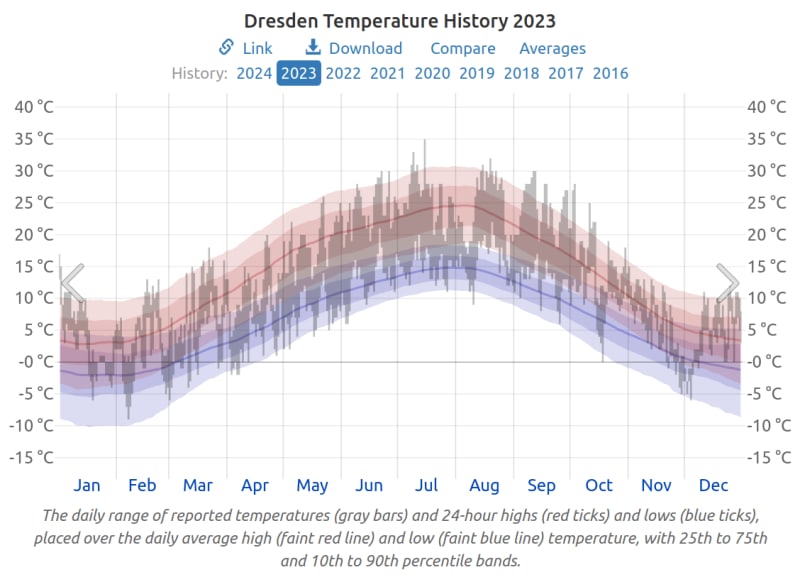
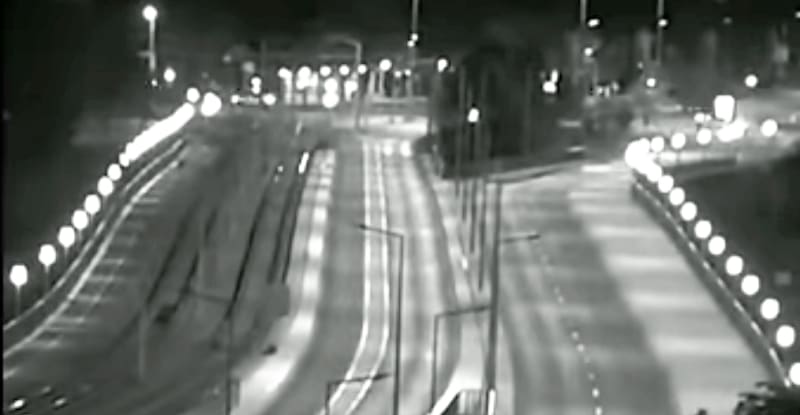
![[frosty] [frosty] [frosty]](/data/assets/smilies/frosty.gif)
